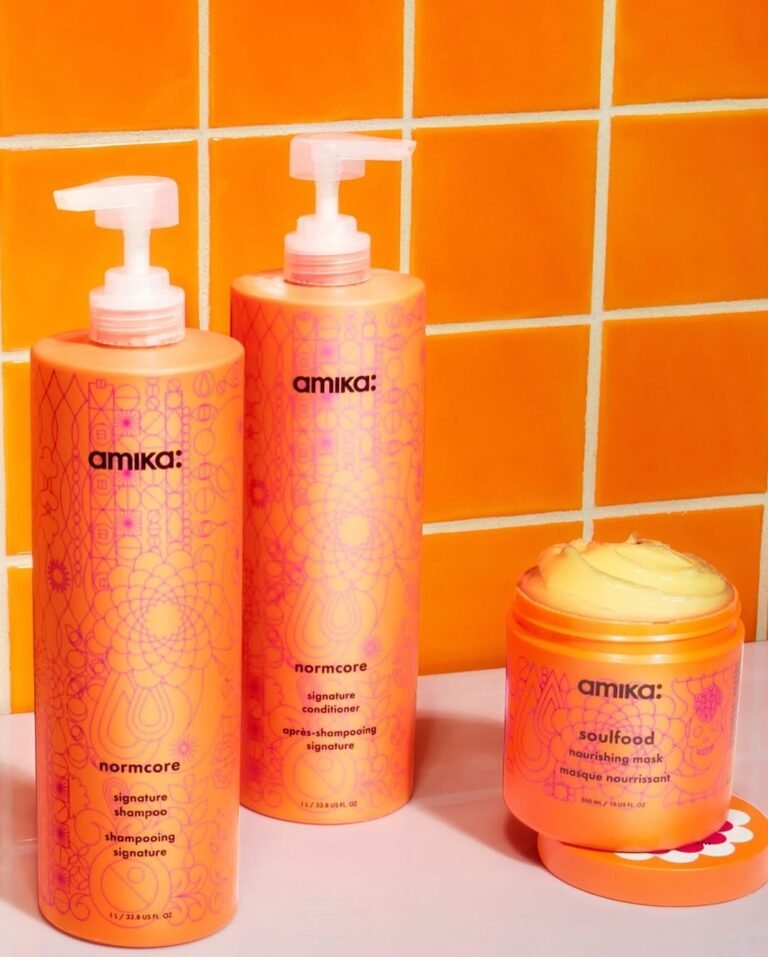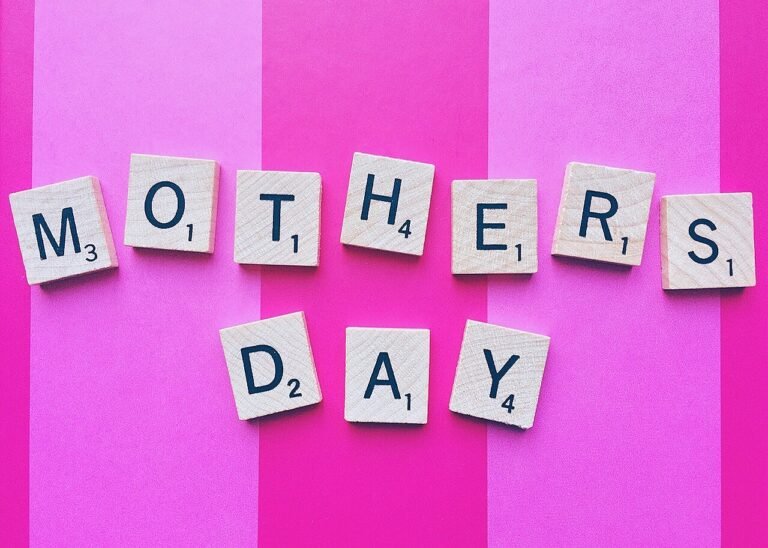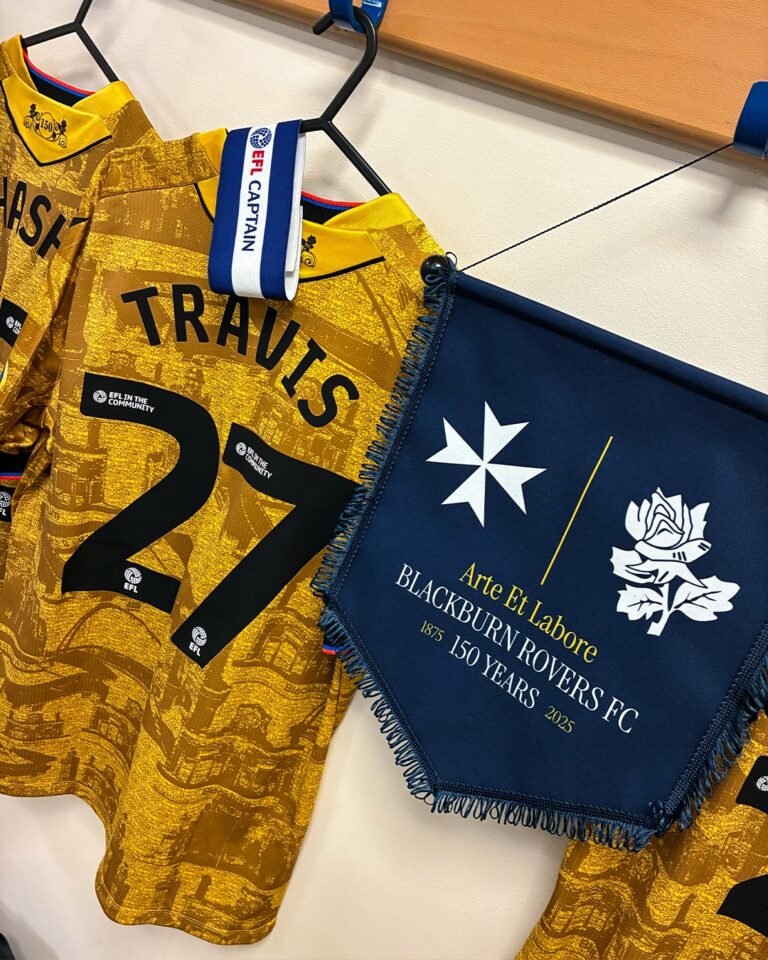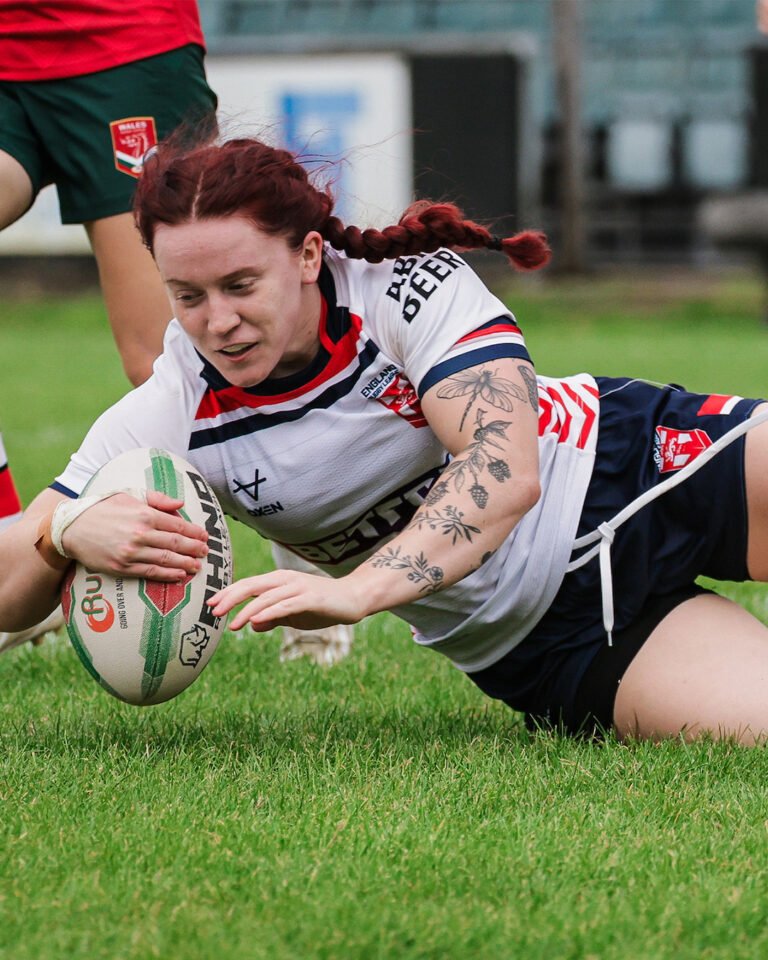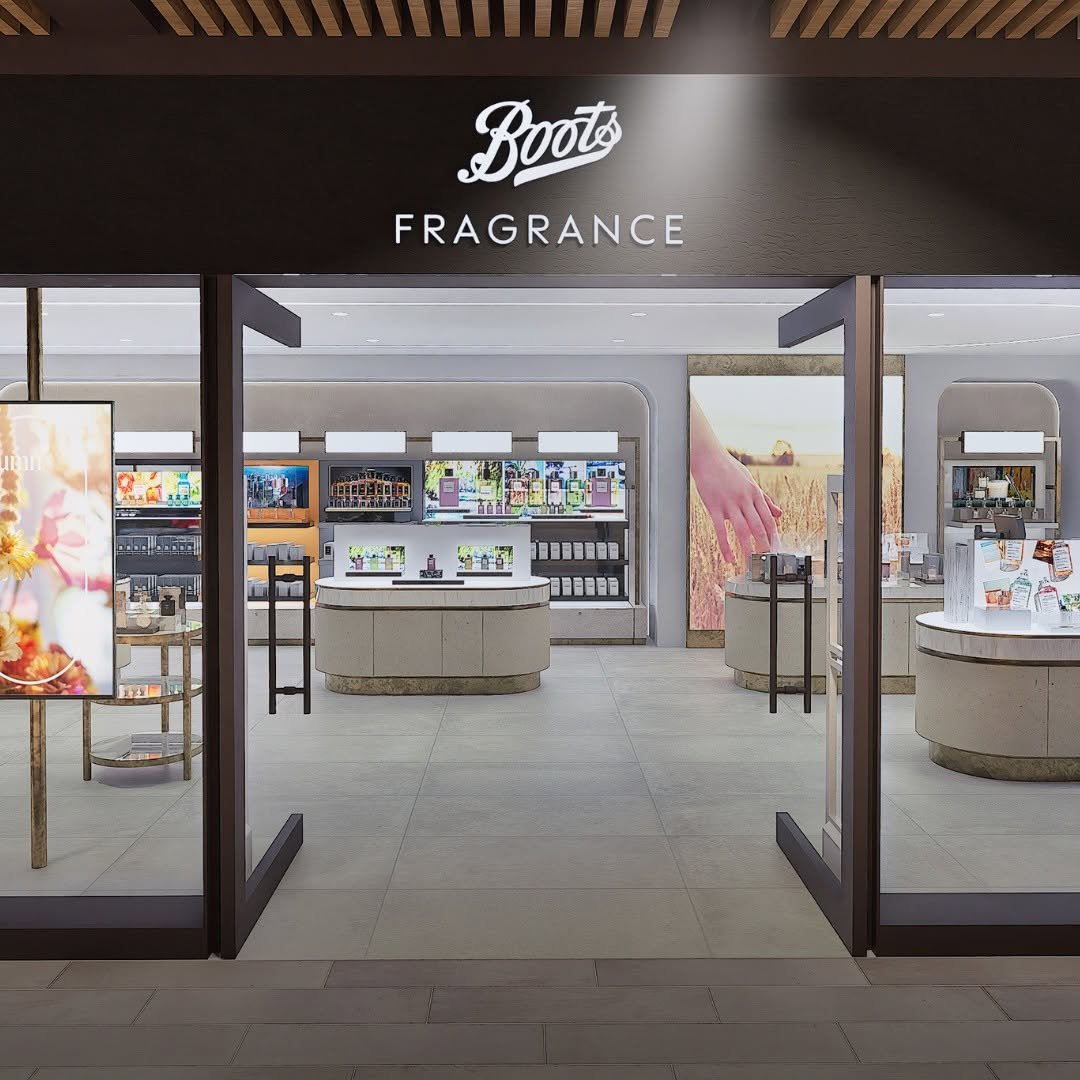
Imagecredit by Instagram
For thousands across the UK, Tuesday has become the most eagerly anticipated day of the week thanks to Boots’ now-famous £10 Tuesday promotion. In 2025, the legacy of this weekly event grows even stronger, capturing Google’s trending searches, dominating UK social feeds and influencing high street spending patterns. What lies behind the excitement, and how is Boots’ weekly promotion reshaping Britain’s approach to health and beauty shopping?
The Evolution of Boots’ £10 Tuesday
Boots, a mainstay on British high streets since the 19th century, introduced £10 Tuesday as a way to offer significant discounts on a curated selection of top brands. Unlike generic sales, the Tuesday event targets bestsellers and trending products in skincare, makeup, wellness, and everyday essentials, each available for just £10 for one day only.
Every week, shoppers look forward to the unveiling at midnight, with promotions running from the early hours on Tuesday until 11:59pm that night. In-store and online, you can find deals featuring brands such as No7, CeraVe, Fenty, Benefit, The Ordinary, and Soap & Glory, among others. The list changes weekly, enhancing the sense of surprise and urgency.
Why £10 Tuesday Became a UK Sensation
The weekly ‘Tenner Tuesday’ sale tapped into the country’s desire for value and quality in a cost-of-living crisis. Industry data for 2025 points to a 15% year-on-year uplift in beauty and skincare sales linked to Boots’ special offers. With each Tuesday sale, items whose regular prices range from £20 to over £30 see their price tags slashed to £10, leading to savings that genuinely make an impact for families, students, and beauty lovers alike.
Stock can sell out in hours, fuelling a culture of early Tuesday morning browsing and online ‘deal hunting.’ Students, in particular, benefit: combining a student discount with the Tuesday promotion drops the price to just £9 per item, and Advantage Card holders accrue points on these bargains as well.
What’s on Offer Each Week
Each Tuesday, the line-up spans premium skincare and hair care, wellness tablets, beauty gadgets, and much more. Recent weeks have included bestselling serums, luxury cleansers, vitamin supplements, and brow kits—often the largest discounts show up on brands like NIVEA, No7, Nip+Fab, Liz Earle, and Anastasia Beverly Hills. With up to 70% off in some cases, shoppers have come to rely on the Tuesday drop to replenish favourites or try luxury products at a fraction of the cost.
These deals are accessible both online and in most store locations across the UK, though availability may vary based on stock and region. Click and collect is free on orders over £15, while home delivery is available for larger purchases, keeping the shopping experience convenient and flexible.
How Boots £10 Tuesday Impacts the Wider Market
Retail analysts say the popularity of Boots’ campaign is shaping competitors’ responses. With beauty and health spending under scrutiny, such visible, reliable deals drive in-store footfall and boost e-commerce traffic, making it a talking point not only for Boots customers but also across the broader UK retail sector. The event’s success comes at a time when Boots—amid major corporate changes and a high-profile takeover—needs to reinforce customer loyalty and brand strength.
Customers are encouraged to check both online and local store platforms early, as the allocation of discounted items can be different in-store versus online. Limited availability increases excitement and the “must check-in” factor, especially for those looking to stock up on essentials or treat themselves without breaking the bank.
The Boots Loyalty Ecosystem
A key factor adding to the appeal is the integration with Boots’ Advantage Card scheme. With each purchase on £10 Tuesday, customers earn points that can be spent on future purchases. Regular exclusive offers for cardholders—sometimes including higher points on select categories—make Tuesday shopping even more rewarding. The loyalty card now features over 16 million active members in 2025, reflecting how embedded the scheme is in UK consumers’ shopping routines.
Consumer Insights: Voices from the Aisles
Shoppers report planning their weekly purchases around the Tuesday offers, pausing until new deals go live for the chance to snag big-brand beauty or personal care staples at a cut price. Social media is awash with haul videos, deal reviews, and tips on getting the most from the event. Regular participants praise the quality of featured products, noting how the event allows for affordable self-care and gift buying in a typically expensive sector.
Are There Drawbacks or Limitations?
One of the few drawbacks is unpredictability: there’s no way to know which products will be featured each week. Savvy shoppers learn to check early, as popular items often sell out quickly. Some consumers note regional differences in availability and the one-day-only limit, but overall response remains overwhelmingly positive given the savings and engagement the event fosters.
The Future of the £10 Tuesday Promotion
Boots’ £10 Tuesday looks set to remain a fixture, even as the company’s new owners and retail analysts debate the chain’s future. Its relevance has grown against the backdrop of wider corporate restructures. Boots, with more than 1,800 stores and 52,000 employees, is using its popular Tuesday promotion to reinforce its leadership in both high street and digital beauty sectors.
Retail experts anticipate continued innovation within the offers, possibly expanding into other categories like wellness technology or eco-friendly products. For now, £10 Tuesday serves as a model for event-based retail promotions in the UK, boosting engagement, rewarding loyal shoppers and keeping Boots at the heart of Britain’s self-care conversations.
Conclusion
Boots’ £10 Tuesday has more than lived up to its hype, becoming both a cultural phenomenon and a practical solution for value-focused UK shoppers in 2025. Its winning combination of high-profile brands, genuine discounts, and a reliable weekly rhythm means Tuesday is no ordinary day at Boots. As long as economic challenges persist, events like these will continue to influence how people shop—for beauty, wellness or just for that small weekly treat.
Read More: Click here

